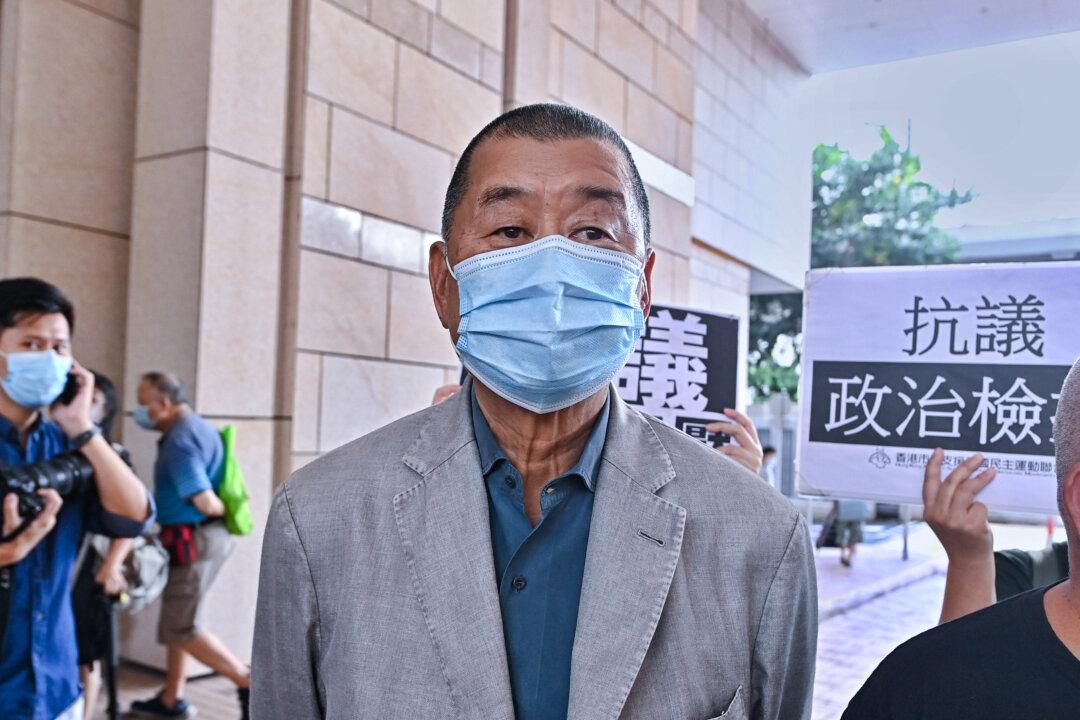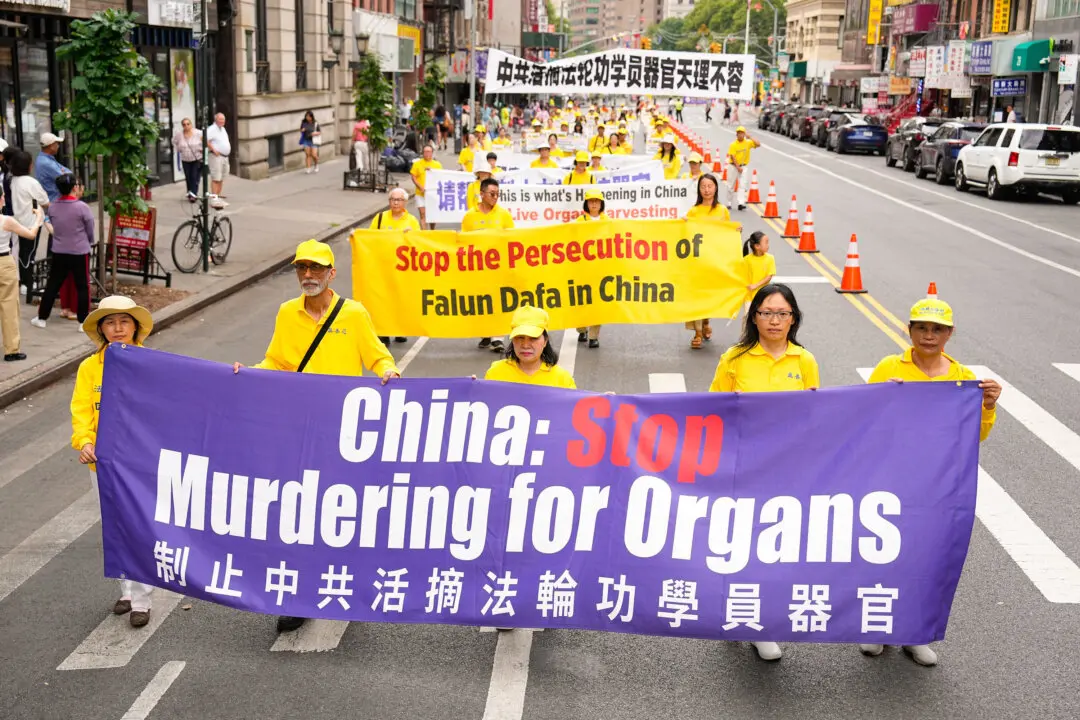Cigarette smokers in over 65 countries in the world are forced to reflect a little on their addiction when facing gory pictures of diseased lungs, throats, and other organs on their cigarette packages. But the state tobacco administration in China recently decided to continue to spare hundreds of millions of smokers this visceral reminder of their fate, a move that sparked criticism from Chinese Internet users.
Speaking to reporters on the sidelines of the annual session of China’s rubber-stamp legislature, Duan Tieli, the vice minister of China’s State Tobacco Monopoly Administration, said China has no plans to stick graphic warning labels on cigarette packages because doing so would “violate Chinese traditional culture,” according to the state-run Legal Evening News on March 15. Duan added that China would not be violating the World Health Organization’s Framework Convention on Tobacco Control, which China signed in 2003.
It just so happens that it would also severely harm the state monopoly based on selling cigarettes.
According to Article 11 of the tobacco convention, the packaging of tobacco products should carry health warning messages. Tobacco products sold in China currently meet the convention’s minimum requirements of having a written health warning covering at least 30 percent of the principal display area.
Most countries around the world adopt the tobacco convention’s stricter requirements. For instance, the U.S. Food and Drug Administration requires tobacco products to display graphic warning labels on the entire top half of both front and rear panels of cigarette packages.




